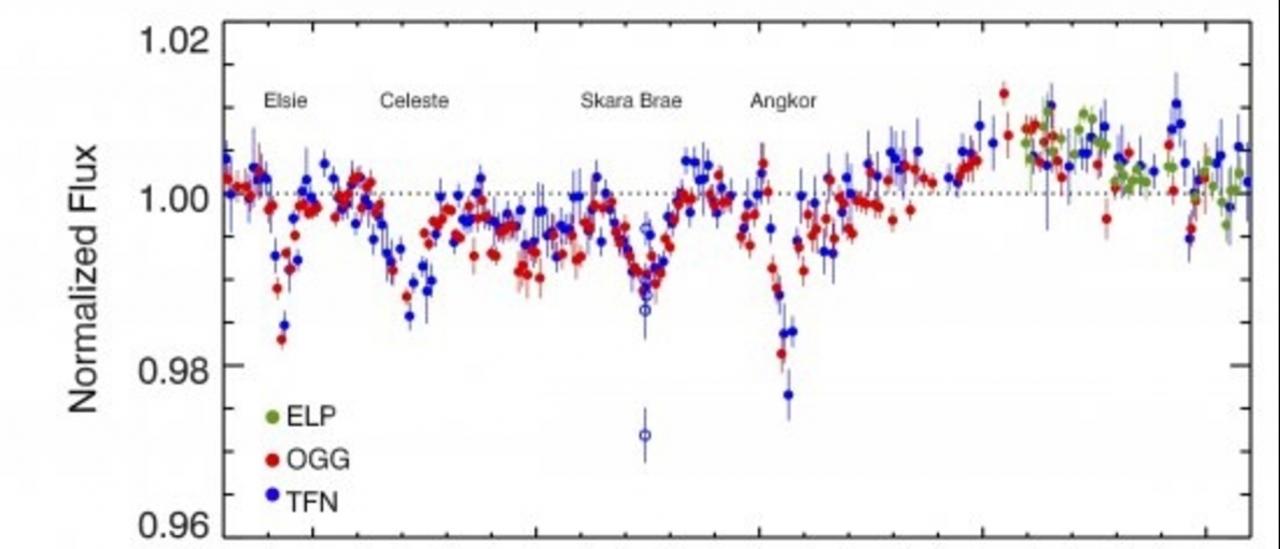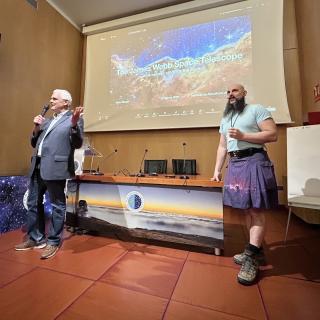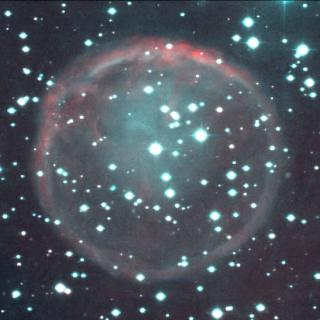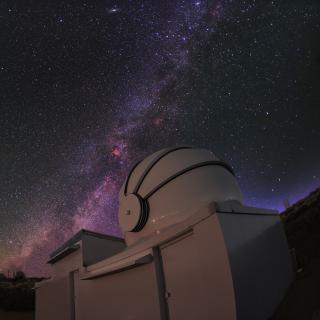We present a photometric detection of the first brightness dips of the unique variable star KIC 8462852 since the end of the Kepler space mission in 2013 May. Our regular photometric surveillance started in 2015 October, and a sequence of dipping began in 2017 May continuing on through the end of 2017, when the star was no longer visible from Earth. We distinguish four main 1%–2.5% dips, named “Elsie,” “Celeste,” “Skara Brae,” and “Angkor,” which persist on timescales from several days to weeks. Our main results so far are as follows: (i) there are no apparent changes of the stellar spectrum or polarization during the dips and (ii) the multiband photometry of the dips shows differential reddening favoring non-gray extinction. Therefore, our data are inconsistent with dip models that invoke optically thick material, but rather they are in-line with predictions for an occulter consisting primarily of ordinary dust, where much of the material must be optically thin with a size scale ≪1 μm, and may also be consistent with models invoking variations intrinsic to the stellar photosphere. Notably, our data do not place constraints on the color of the longer-term “secular” dimming, which may be caused by independent processes, or probe different regimes of a single process.
Time-series photometry of KIC 8462852 in the r’ band taken by Telescopes of the Las Cumbres Observatory from 2017 May through December, showing the dips observed in 2017 family. Each point is a daily average from the LCO 0.4 m stations indicated in the le
Advertised on
Authors
T.S. Boyajian
et al. (including)
Roi
Alonso Sobrino
Hans Jörg
Deeg Deeg
María Jesús
Martínez González
Héctor David
Socas Navarro
D. Nespral
References
2018 ApJL 853 L8



